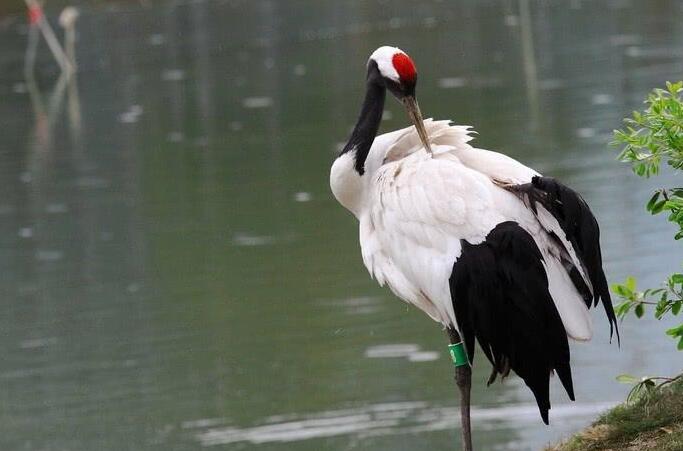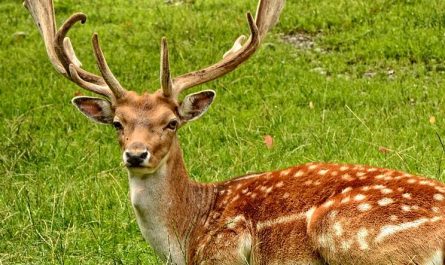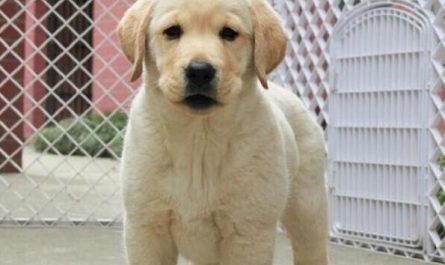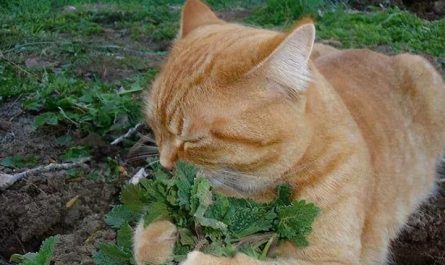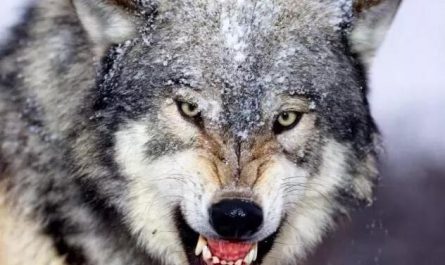The reason why red-crowned cranes are birds
Red-crowned crane (a kind of bird of the genus Crane), the red-crowned crane is a kind of crane, a large wading bird with a body length of 120-160 cm. The neck and feet are long, the whole body is mostly white, the top of the head is bright red, the throat and neck are black, the ears to the headrest are white, the feet are black, the neck, tail and feet are black when standing, and the top of the head is red, and the rest are all white; The secondary and tertiary flying feathers and the neck and feet are black, and the rest are all white. The features are very obvious and easy to identify.
The head and neck of the young bird are brown, and the body feathers are white with chestnut color. Often in pairs or in family groups and small groups. During the migration season and winter, several or dozens of family groups often form larger groups. Sometimes there are as many as 40-50 or even more than 100 in clusters. However, the activities are still scattered into small groups or family groups in a certain area.
At night, they live on shallows or reed ponds surrounded by water. They mainly feed on fish, shrimp, aquatic insects, mollusks, tadpoles, sandworms, clams, snails, and stems, leaves, tubers, bulbs and fruits of aquatic plants. Distributed in Northeast China, eastern Mongolia, the east bank of the Ussuri River in Russia, North Korea, South Korea and Hokkaido, Japan.
The appearance characteristics of red-crowned cranes
The red-crowned crane is about 160 cm long, has a wingspan of 240 cm, and weighs about 10 kg. The whole body is almost pure white, and the top of the head is bare and vermilion. The forehead and eyes are slightly black with feathers, and the ear feathers behind the eyes are white to the pillow, and the cheeks, throat and neck are black; the secondary and tertiary flying feathers are black, three The first-level flight feathers are long and curved, arched, and cover the tail. Therefore, the tail is black when standing, which is actually a third-level flight feather, while the tail, primary flight feathers and the entire body feather are all white, which is very obvious when flying.
The mouth is long, light greenish gray, and the neck and legs are very long. The long and curved flying feathers between the two wings are black, and the entire flying feathers cover the tail when standing, which is often mistaken for it to have a black color. Tail feathers. Male and female are similar.
The iris is brown, the mouth is gray-green, and the tip is yellow. The exposed part of the shin and the tarsal and toes are gray and black, and the claws are gray.
The chicks are covered with yellowish-brown down feathers, the back color is light, the abdomen is darker, the shoulders are milky white, the mouth and legs are fleshy red, the body feathers gradually become white after 3 to 4 months, and the top of the head is bare. Some parts will not appear red until 10 months later.
The skeleton of the red-crowned crane is hollow and the outer bone is 7 times stronger than the human skeleton. When it is migrating, it is often arranged in a clever wedge shape, so that the following individuals can use the airflow generated by the front individual’s wings in turn to carry out rapid , Labor-saving, long-lasting flight, speed can reach about 40 kilometers per hour, flying altitude can exceed 5400 meters, and can fly and sound.
The living habits of red-crowned cranes
Often in pairs or in family groups and small groups. During the migration season and winter, several or dozens of family groups often form larger groups. Sometimes there are as many as 40-50 or even more than 100 in clusters.
However, the activities are still scattered into small groups or family groups in a certain area. At night, they usually live on shallow beaches or reed ponds surrounded by water. They are still scattered in family groups, and they stay close when it is particularly cold. Foraging grounds and night habitats are generally relatively fixed. Usually, after the day is bright, the family groups fly to the foraging grounds to find food, keeping a certain distance from each other.
At noon, concentrate on resting on the beach and keep calling. In the evening, they flew back to the night habitat or stayed overnight in the feeding ground. When resting, he often stands on one leg, with his head turned and inserted between the back feathers. Whether foraging or resting, an adult bird is often very alert, constantly looking up and looking around. When it finds danger, it makes a ‘ko-lo-lo-’ call, stretches its head and neck upwards, and leans toward the sky.
When the danger is imminent, soar into the air. When flying, the head and feet are straightened back and forth, and the wings move slowly, arranged in a ‘one’ or ‘V’ shape. The adult red-crowned crane moults twice a year, changing to summer feathers in spring and winter feathers in autumn. This is a complete moult and will temporarily lose the ability to fly.
